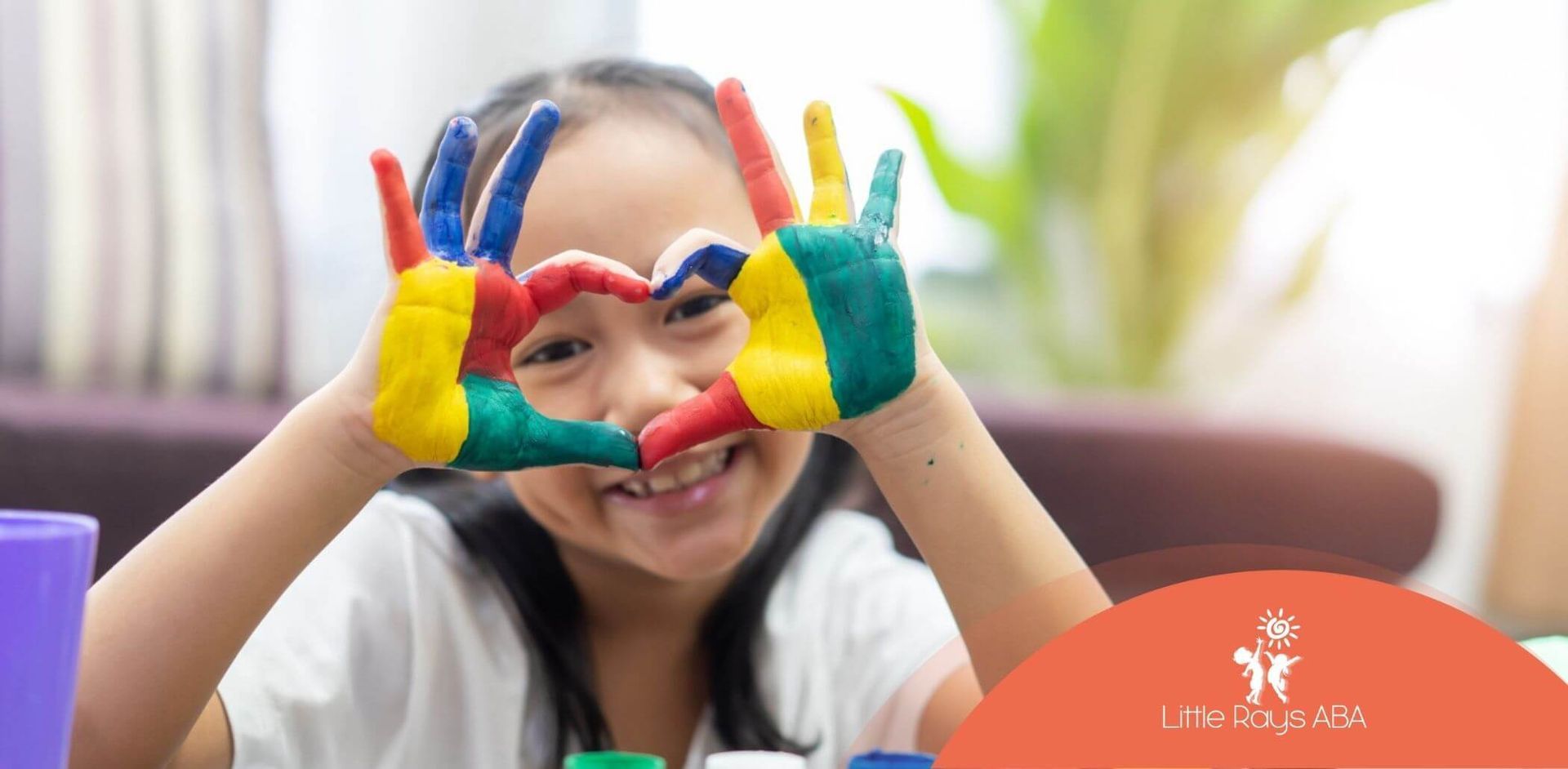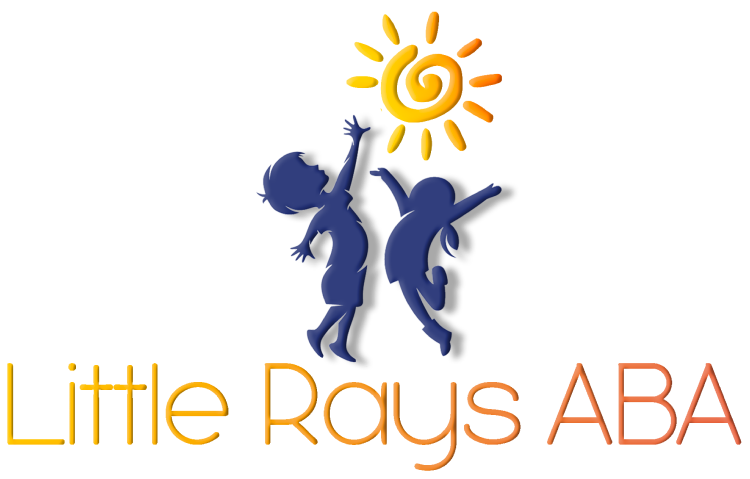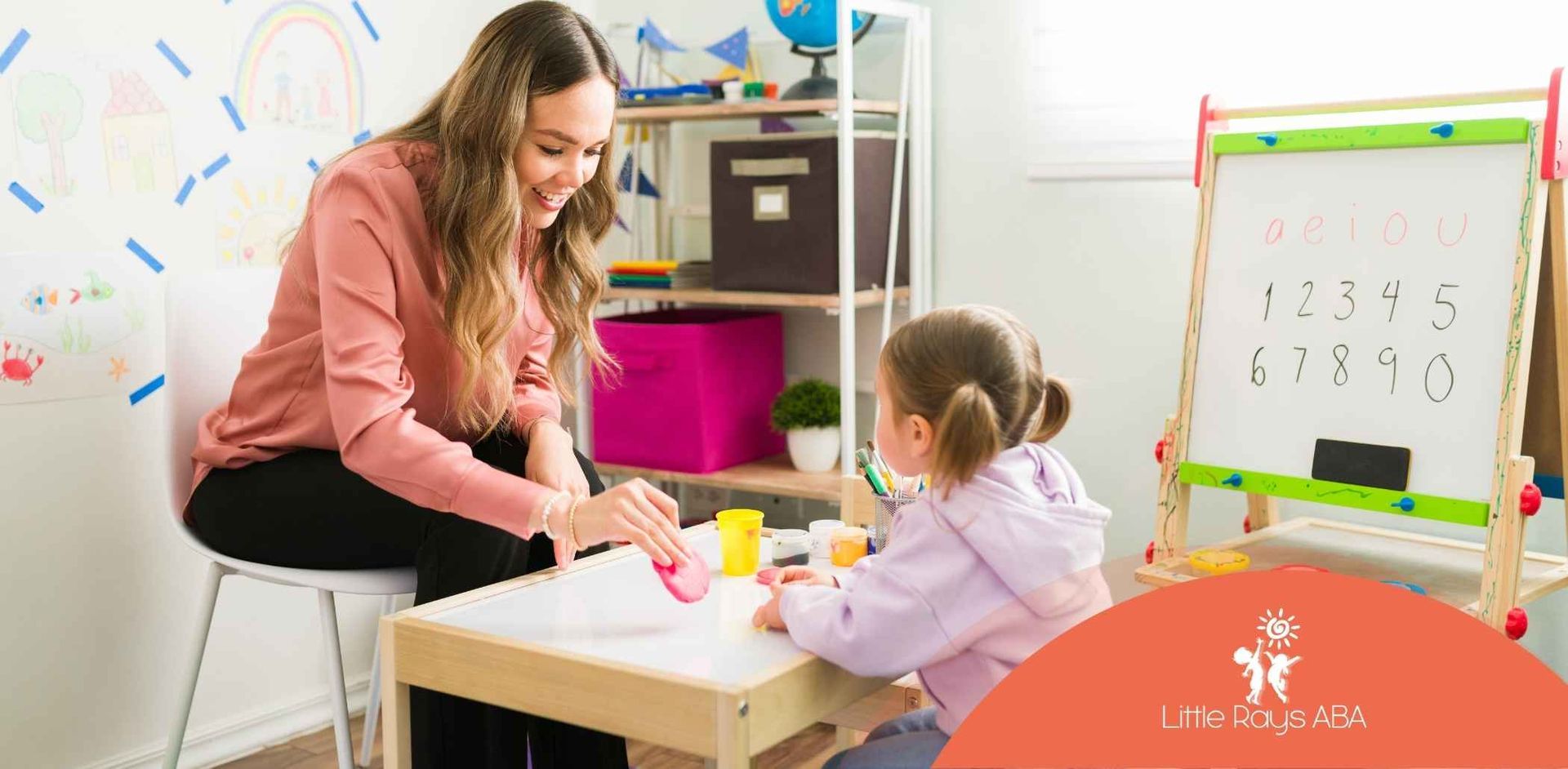
What Do Autism Awareness Colors Mean?
Key Highlights
- Discover the significance of autism awareness colors, particularly the dominance of blue and its origins with Autism Speaks.
- Uncover the evolution of color symbolism and its adoption by major advocacy groups like the National Autistic Society.
- Learn how colors such as gold, red, yellow, and the rainbow spectrum represent the diversity of the autism spectrum.
- Understand the importance of thoughtfully supporting autism awareness campaigns and events with the right colors and symbols.
- Explore misconceptions surrounding autism symbols, including the puzzle piece and infinity symbol, and how they are viewed within the autism community.
Every year on April 2nd, World Autism Awareness Day provides an opportunity to reflect on how we can better understand and support individuals on the autism spectrum. It's a day when the autism community, along with supporters, come together to promote awareness, inclusion, and acceptance.
Many use symbols and colors to show their support—among the most recognized are the puzzle piece and the color blue. But these colors and symbols go beyond just showing solidarity. They hold deep meanings that reflect the experiences and challenges of those living with autism.
As an ABA therapist, I have had the privilege of working with many individuals on the spectrum. I’ve seen how small gestures—like wearing blue on World Autism Awareness Day—can spark meaningful conversations, open up learning opportunities, and promote a sense of belonging.
Understanding the significance of these symbols and colors can create a ripple effect of empathy and inclusion in our communities.
Understanding Autism Awareness and Its Importance
Autism awareness is about much more than just raising knowledge—it’s about changing perceptions, fostering empathy, and promoting an environment where individuals on the autism spectrum are seen for their strengths and talents.
Autism is a spectrum disorder, meaning that it manifests in various ways, with each person exhibiting different strengths and challenges.
In my work as a BCBA, I've witnessed firsthand the importance of early interventions like Applied Behavior Analysis (ABA) therapy. These therapies help individuals develop essential life skills while also promoting greater independence.
Raising autism awareness allows us to shift from focusing on difficulties to recognizing the abilities and unique perspectives of people with autism.
The more we understand autism, the more we realize that it's not just about what people struggle with—it’s about celebrating their diverse ways of thinking, problem-solving, and experiencing the world.
The Role of Awareness in the Autism Community
Awareness campaigns play a crucial role in bringing together the autism community and increasing understanding.
These initiatives not only highlight the unique qualities of individuals on the spectrum but also challenge the myths and misconceptions that surround autism.
I've often had conversations with families who initially felt isolated or misunderstood but later found strength and confidence through awareness campaigns and community support.
Programs focused on autism awareness teach us valuable lessons about things like sensory sensitivities, communication differences, and the need for structure and routine.
These campaigns help people realize that while autism may present challenges, it also brings a wealth of creativity, different perspectives, and problem-solving abilities that benefit society as a whole.
Helping others build empathy is at the heart of these campaigns. It encourages families, educators, and community leaders to foster environments where neurodiversity is celebrated and where individuals with autism can thrive.
Impact of Stigma and the Power of Education
Stigma can have a significant impact on the lives of individuals with autism and their families. The lack of understanding often leads to social isolation, missed opportunities, and feelings of exclusion.
As a BCBA, I’ve seen how important it is to educate not just the individuals on the spectrum but also their families, educators, and the general public to combat these harmful misconceptions.
Education is the key to breaking down these barriers. The more people learn about autism—the diversity of the spectrum, the different ways people communicate and engage—the more they can appreciate the richness that neurodiversity brings.
As we continue to spread knowledge through campaigns, we also shift the conversation away from deficit-based views to strengths-based ones.
Through education, we help foster a society where everyone feels valued, and where the differences that make each person unique are celebrated, not feared or misunderstood.
Origins of Autism Awareness Colors
Autism awareness colors have become an important symbol of support, especially the color blue, which is most commonly associated with the "Light It Up Blue" campaign initiated by Autism Speaks.
This campaign encourages individuals around the world to wear blue on World Autism Awareness Day, a gesture that helps raise awareness for the cause.
In addition to blue, other colors like red, yellow, and gold have also become prominent in autism awareness campaigns. Each of these colors reflects different aspects of the autism spectrum, helping to paint a more complete picture of what it means to live with autism.
But autism awareness colors and symbols, such as the puzzle piece, are not just aesthetic choices. They represent the diverse experiences of people with autism and their families. They tell a story—one of advocacy, inclusion, and the continuous work needed to promote acceptance.
Historical Development of Awareness Colors
The use of colors and symbols to represent autism dates back to the 1960s when the National Autistic Society first introduced the puzzle piece to symbolize the complexity and mystery surrounding autism.
Over time, the autism awareness ribbon, which featured multicolored puzzle pieces, became widely recognized. These colors represented the broad spectrum of experiences within the autism community.
The goal was to draw attention to autism awareness efforts, and blue was chosen for its calming and approachable qualities. However, as autism awareness has evolved, so has the need for a more inclusive approach to color symbolism.
Today, we also see the use of the rainbow infinity symbol—a symbol that celebrates neurodiversity and embraces the idea that autism is not a limitation but rather a unique perspective on the world. This symbol resonates with advocates of neurodiversity, who stress the importance of accepting and valuing all forms of brain function.
Exploring Other Autism Awareness Colors and Their Significance
While blue remains the most prominent color, other shades like gold, red, and yellow also hold deep significance in the autism community. These colors help to represent the diverse aspects of the autism spectrum:
- Gold symbolizes acceptance and the inherent value of every individual, much like the precious metal itself.
- Red represents strength, resilience, and the ability to overcome challenges. It's a color that reflects determination and perseverance.
- Yellow is often used to highlight optimism, joy, and the positive traits of individuals with autism, focusing on what they can achieve rather than their limitations.
In addition to these, the rainbow spectrum signifies the neurodiversity movement. The rainbow colors represent the wide array of abilities, strengths, and perspectives within the autism spectrum. It’s a symbol that calls for inclusivity and celebrates all forms of cognitive diversity.
Conclusion
The colors and symbols used for autism awareness are much more than just visuals—they are powerful representations of advocacy, inclusion, and understanding. As we've explored, each color holds its own meaning, helping to tell the story of the autism spectrum in a way that is both complex and beautiful.
When we understand the significance behind these colors and symbols, we can become better advocates for those on the autism spectrum. By using these symbols thoughtfully and respectfully, we create a more inclusive society where neurodiversity is celebrated.
If you’re looking for personalized, high-quality ABA therapy services in Florida, look no further than Little Rays ABA. We are dedicated to supporting individuals with autism spectrum disorder and helping them thrive in their daily lives.
Our compassionate and experienced team of Board Certified Behavior Analysts (BCBAs) works with families to create tailored therapy plans that foster independence, social skills, and overall growth.
Whether you’re looking for early intervention or ongoing support, Little Rays ABA is here to make a positive impact. Contact us today to learn more about our services and start the journey toward a brighter future for your child.
Frequently Asked Questions
What color best represents autism in the United States?
The blue color is used as the main color for autism awareness in the U.S. Autism Speaks leads this movement. Their "Light It Up Blue" campaign happens on World Autism Awareness Day, which is on April 2nd. This special day shows support and unity for people on the autism spectrum. This is a way for people to come together and show they care about world autism awareness.
Is there an official ribbon or symbol for autism awareness?
Yes, the autism awareness ribbon comes with puzzle pieces in many colors. These pieces stand for the complexity of autism and the many different people in the autism community. There is also a newer symbol, the infinity symbol, which you often see in rainbow colors. This symbol shows the limitless potential of autistic individuals and welcomes everyone in the autism community. Both the ribbon and the infinity symbol help to raise autism awareness and bring people together.
Do different colors represent different aspects of the autism spectrum?
Yes, colors like blue, red, yellow, and gold show many things about autism. These colors stand for strength, hope, and being open to others. Rainbow colors also give a wide meaning. They help people see just how many ways autistic individuals can be different. Rainbow colors celebrate the many ways people with autism show their feelings, strengths, and paths in life.
Sources:
- https://www.autismspeaks.org/world-autism-month
- https://www.autismspeaks.org/autism-symbol
- https://www.autismparentingmagazine.com/autism-colors/
- https://www.autismparentingmagazine.com/autism-symbols/
- https://drexel.edu/autisminstitute/news-events/news/2023/June/PuzzlePiece/
Related Posts





